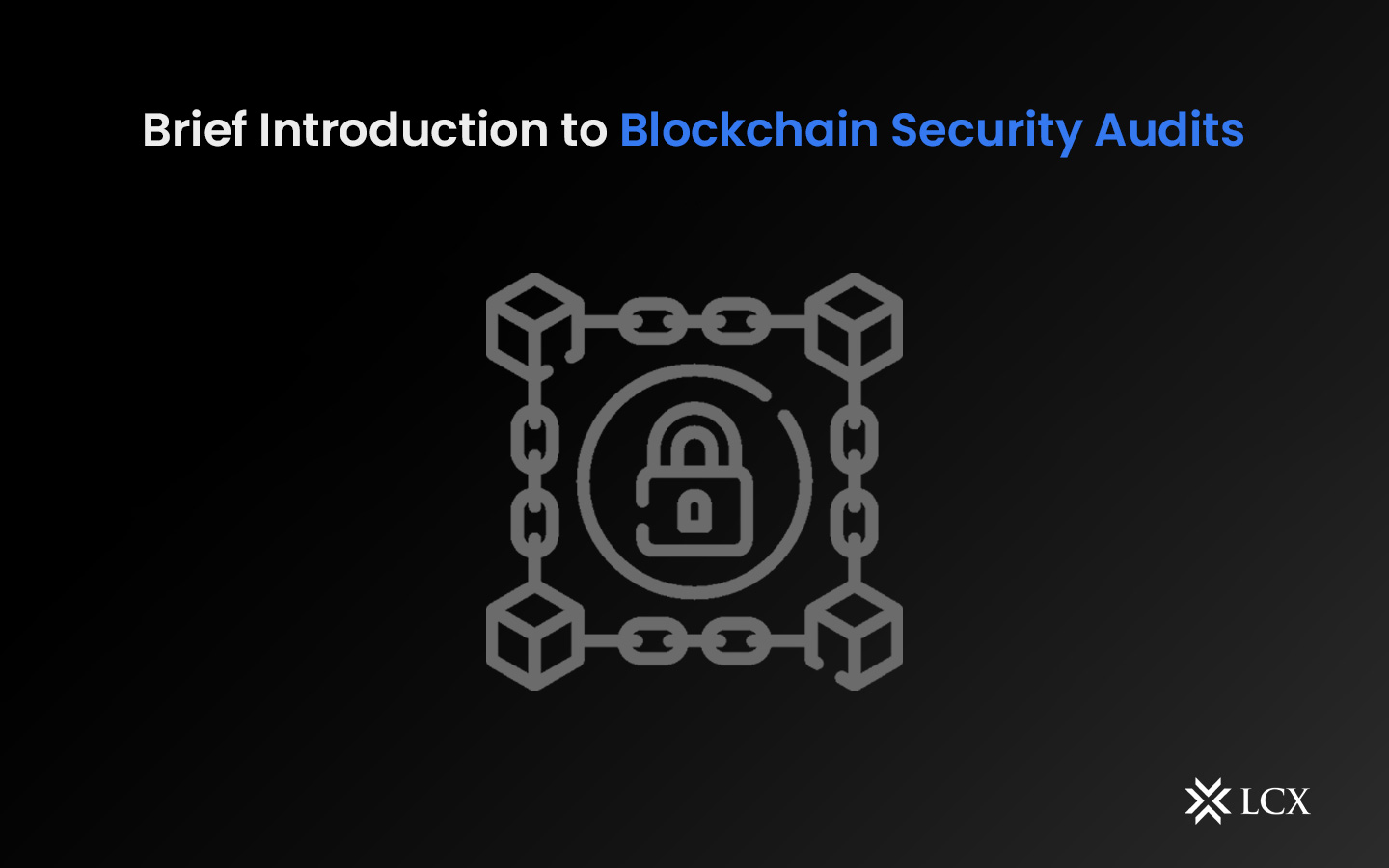What Is Blockchain Auditing?
A blockchain security audit is a rigorous assessment conducted to evaluate the security measures of a blockchain system, smart contracts, and associated applications. The objective is to identify vulnerabilities, misconfigurations, and weaknesses that malicious actors might exploit. By conducting these audits, blockchain developers and stakeholders can proactively address potential threats, thereby enhancing the overall robustness of the ecosystem.
Blockchain auditing is the examination and validation of the data and transactions recorded on a blockchain network. It concentrates on evaluating the integrity and accuracy of the information recorded on the blockchain to ensure that it conforms to the rules, protocols, and regulations intended.
During the auditing process, smart contract code is meticulously examined to identify vulnerabilities of all severity levels, from minor defects to critical flaws that could potentially put millions of users at risk.
Auditors examine and disclose centralization issues, verify that the project code operates as the developer intended, and optimize the code’s performance. They include mathematical operations, logical issues, control flow, access control, and compiler errors. By doing so, the likelihood of a smart contract’s vulnerability is drastically reduced, providing Web3 with an essential safeguard.
Moreover, audits must be ongoing because code is frequently updated or forked, rendering solitary audits inadequate for long-term security. In addition, there is the difficulty of ensuring that the deployed code is the audited code and not something else. This highlights the importance of both transparency and provenance in the deployment process, as well as the need for a broader, code-auditing-free approach to security.
The Significance of Blockchain Security Audits
Vulnerability Mitigation: In the decentralized realm of blockchain, vulnerabilities can have far-reaching consequences. Security audits enable the identification and resolution of these vulnerabilities, preventing potential breaches and unauthorized access.
Regulatory Compliance: With increased attention from regulatory bodies, adherence to security standards is crucial. Blockchain security audits help ensure compliance with regulatory guidelines, fostering a more transparent and legally compliant environment.
Investor and User Confidence: Robust security measures bolster user trust and investor confidence. By demonstrating a commitment to security through audits, projects can attract more users and investments.
Smart Contract Integrity: Blockchain applications heavily rely on smart contracts. Audits detect vulnerabilities in these self-executing contracts, reducing the risk of exploits like the infamous DAO hack.
Methodologies Employed in Blockchain Security Audits
Code Review: A thorough examination of the source code is conducted to identify coding errors, vulnerabilities, and logical flaws. This involves analyzing the codebase for potential exploits and ensuring adherence to best practices.
Penetration Testing: Also known as ethical hacking, penetration testing simulates real-world attacks to uncover vulnerabilities. This method helps assess the resilience of the system against potential threats.
Architecture Analysis: This involves scrutinizing the overall system architecture to detect design flaws that might be leveraged by attackers. Ensuring proper separation of concerns, data integrity, and network security are key aspects of this analysis.
Threat Modeling: By anticipating potential threats and attack vectors, threat modeling guides the auditing process. It helps auditors prioritize their efforts and focus on the most critical security aspects.
Network Assessment: Auditors evaluate network components, such as nodes and communication channels, to ensure encryption, data integrity, and resistance against network-based attacks.
Steps Involved in a Blockchain Security Audit
Preparation: Define the scope of the audit, identify the assets to be audited (smart contracts, nodes, applications), and gather relevant documentation.
Code Analysis: Examine the source code for vulnerabilities like input validation issues, incorrect data handling, and unauthorized access points.
Threat Modeling: Map out potential threats and attack vectors specific to the blockchain ecosystem being audited.
Penetration Testing: Simulate attacks to evaluate the system’s response and identify potential weaknesses that might not be evident through code analysis alone.
Smart Contract Assessment: Review the logic and functionality of smart contracts to ensure they operate as intended and can’t be manipulated.
Architecture Review: Analyze the system’s architecture for design flaws that could lead to vulnerabilities or compromises.
Documentation Review: Verify that security measures and processes are well-documented and easily understandable.
Reporting: Compile findings, vulnerabilities, and recommendations into a comprehensive report for stakeholders. Provide actionable steps to address the identified issues.
Conclusion
Blockchain security audits play a pivotal role in maintaining the integrity and security of blockchain ecosystems. In an era where data breaches and cyberattacks are increasingly common, these audits offer a proactive approach to identifying and mitigating vulnerabilities before they are exploited. Through methodologies like code analysis, penetration testing, and architecture review, security experts ensure that blockchain systems remain resilient, compliant, and trustworthy. As the world continues to embrace blockchain technology across sectors, prioritizing security through thorough audits will be crucial to realizing the full potential of decentralized systems while safeguarding user data and investments.










